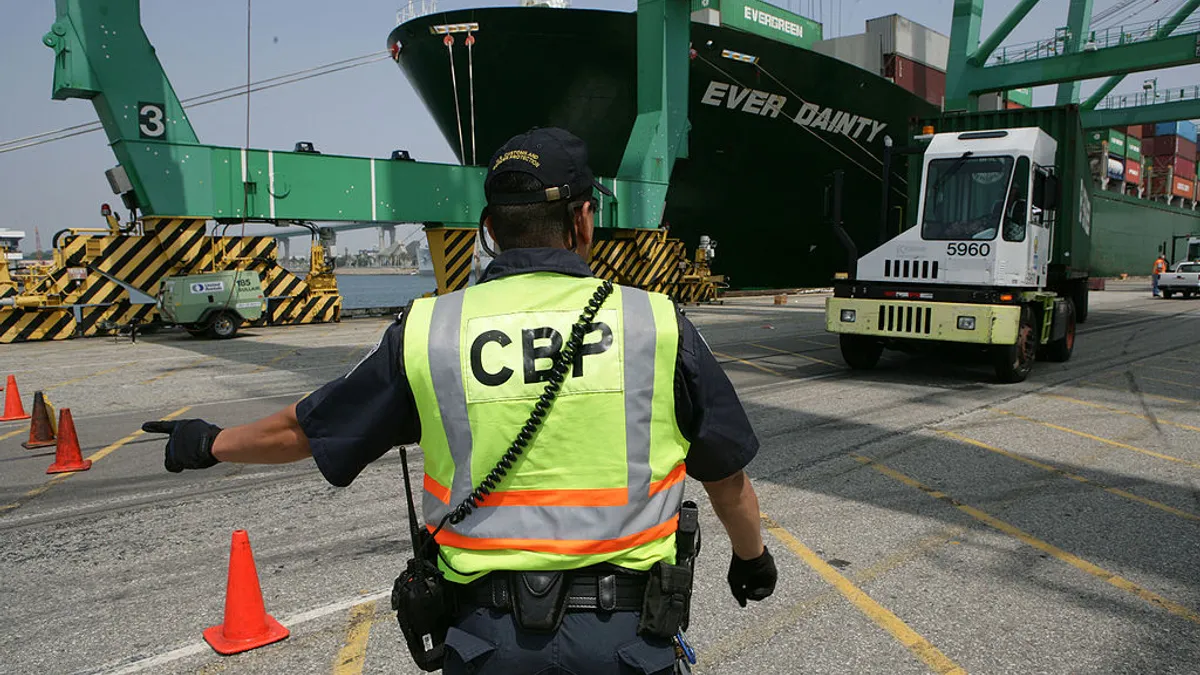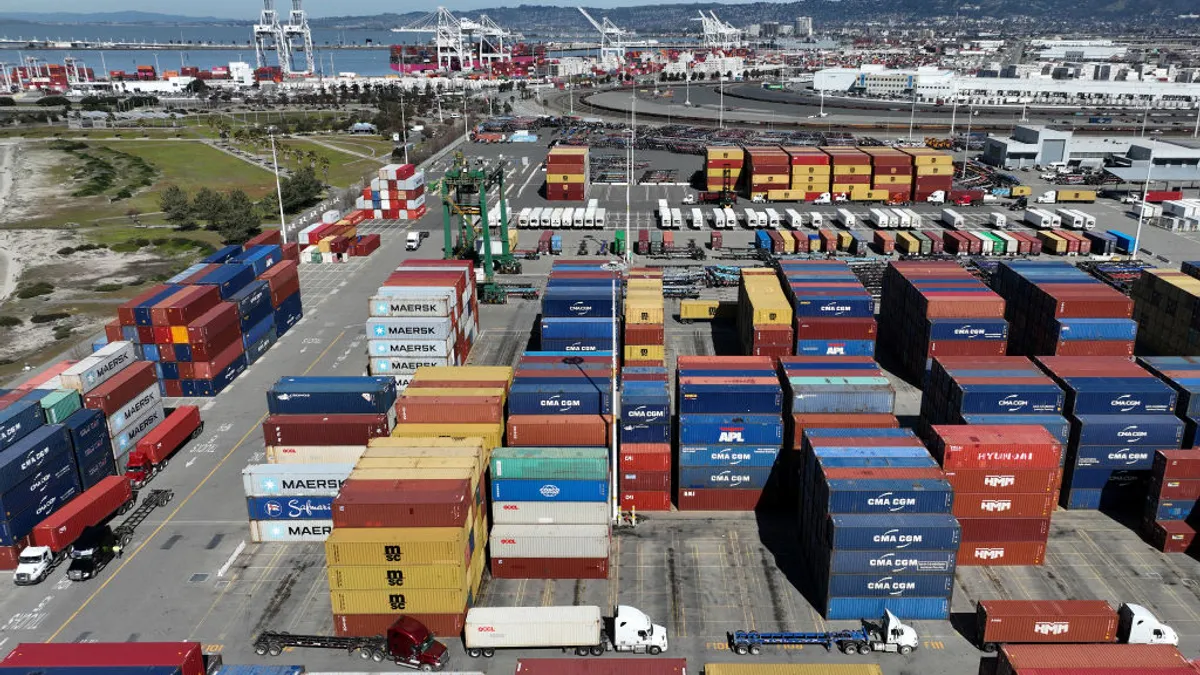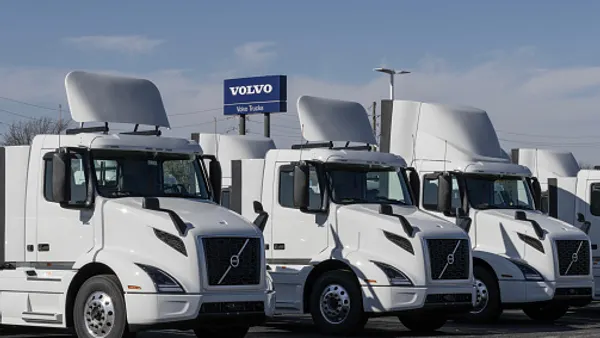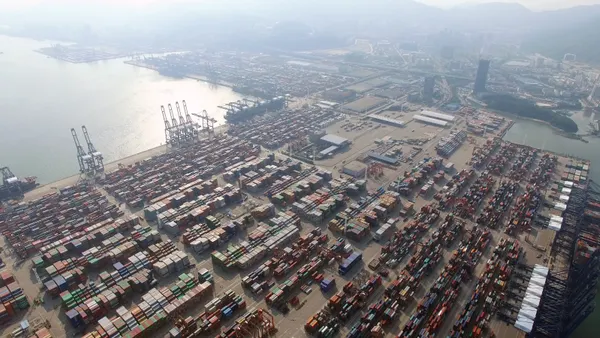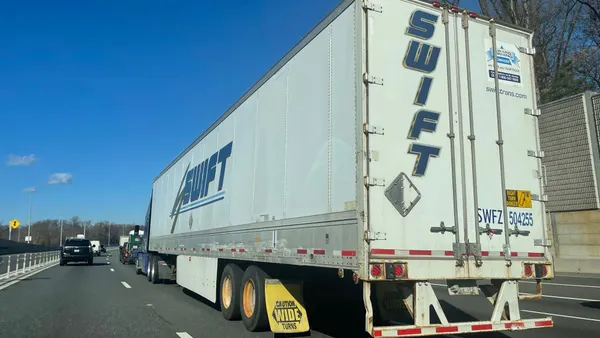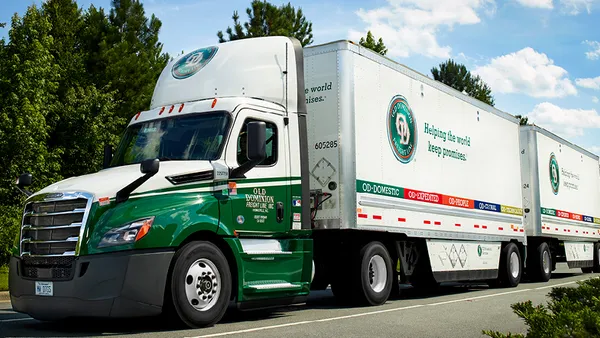Dive Brief:
- The U.S. Customs and Border Protection (CBP) released guidelines explaining how shippers and freight forwarders should act if they experience service disruptions due to Hanjin's bankruptcy.
- The document is meant to provide customs brokers with a tool for properly filing paperwork in light of broad disruptions, but the agency emphasized it would work closely with carriers on a case-by-case basis in cases where Hanjin vessels arrive at port but are not discharged.
- The CBP's release of these guidelines shows another important link in the supply chain as various ships remain stranded off the U.S. coast, or are being redirected to foreign ports deemed safe to discharge in order, which may alter the admissibility of an import manifest.
Dive Insight:
Upon this publication's launch, we wrote that supply chains are ultimately led by people managing a series of links and Hanjin's bankruptcy has managed to expose the full legal, financial and logistic complexity of the chain.
Spurred by a global freight slowdown and a sector-wide race for larger-capacity vessels, Hanjin's bankruptcy immediately led to logistics disasters including, but not limited to, delayed goods, stranded crews and largely increased spot freight rates.
As the economic disaster became more severe, retailer associations, shipping councils, legislators, courts and businesses all independently moved to mitigate disruptions however they could. Whether it was a petition in the U.S. House of Representatives, a preliminary bankruptcy decision spurred by executive guarantees of solvency, or rival groups attempting to pick up market share, countless actors await legal resolution of the Korean shipper's filing for bankruptcy protection in the U.S. and receivership in Korea.
But adjudicating legal filings in 10 countries is a slow process and many today still have little choice but to sit and watch as the fate of their cargo is determined in NJ or abroad. The U.S. Bankruptcy Court is scheduled to finalize its decision on Hanjin's fate at some point today.
Meanwhile, confusion abounds regarding what is legal and what is right for those unwillingly impacted. Conversations in LinkedIn ponder whether ports have a legitimate claim to charging carriers fees to release the cargo, but some say companies are paying the price because it's too small a cost to battle.
Agency guidelines such as these will undoubtedly help provide clarity to an already complex process, but more legal definitions are still lacking. Today's bankruptcy decision should set the groundwork for further decisions to come.


